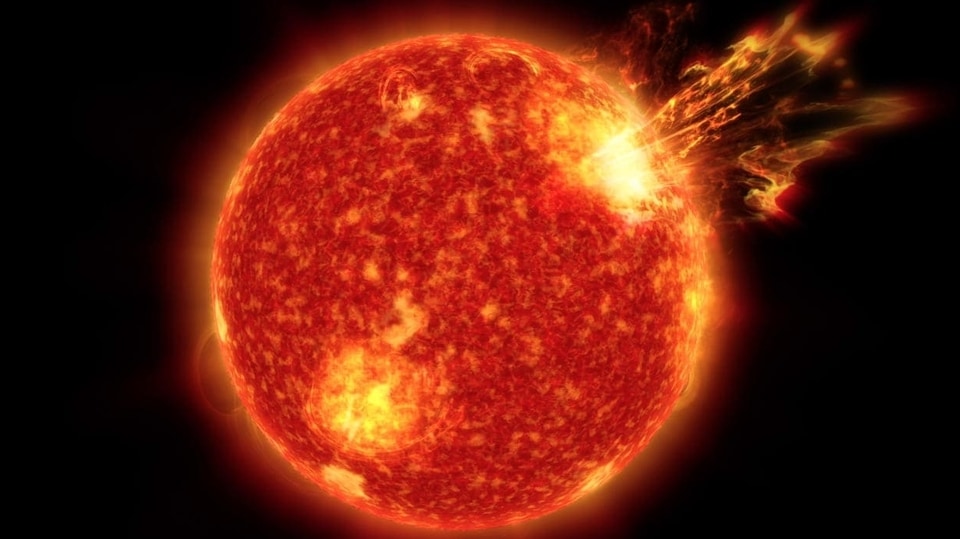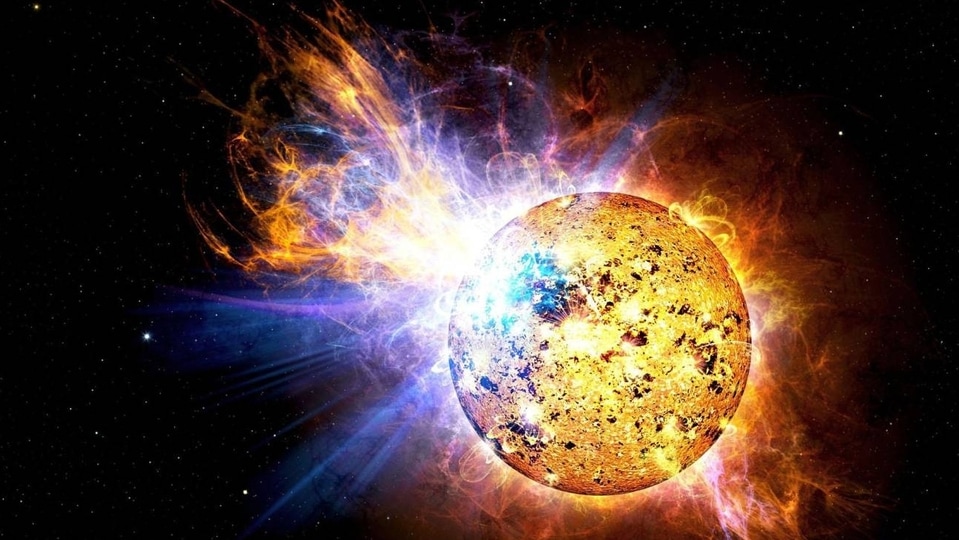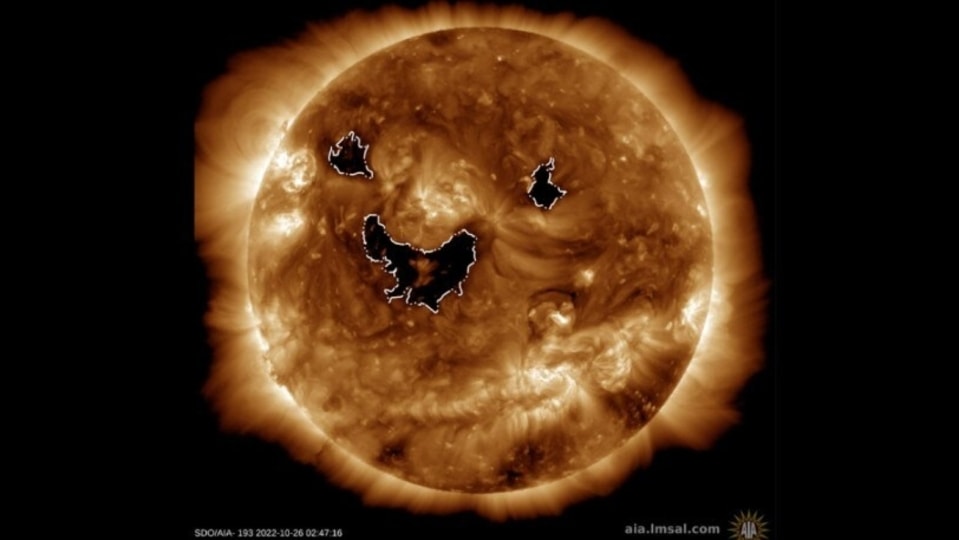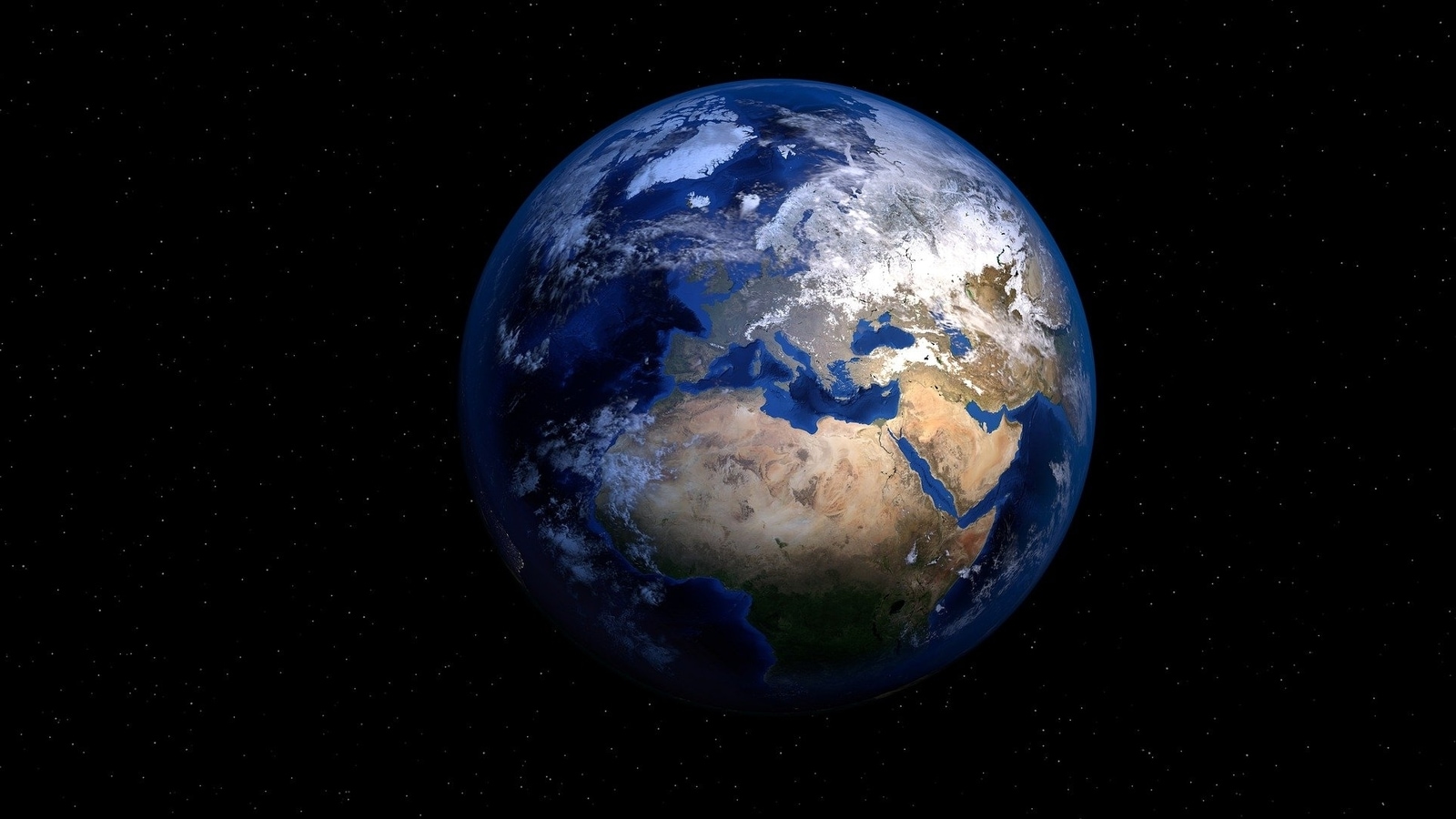Shocking! Earthquakes reveal new layer in Earth's core-the HIDDEN 5th layer
Apart from the existing four layers of Earth, there is a possibility of a new fifth layer. Read more to know what the new study revealed.

_1658567219974_1658567228615_1658567228615.jpg)





 View all Images
View all ImagesSo far, we have all read about the Earth having four layers – the crust, the mantle, the outer core, and the inner core. Shockingly, it has now been revealed that there may well be 5th layer. New insights about the deepest parts of Earth's inner core have been unveiled through seismic waves produced by earthquakes, which have been studied by a team of researchers from the Australian National University and published in the journal Nature Communications.
Scientists examined how seismic waves travel through the Earth's inner core, and they believe this has provided evidence of a distinct layer within it, called the innermost inner core. They conducted their analysis using data from over 200 earthquakes with a magnitude of 6 or greater that occurred in the past decade. According to the researchers, "Earth's inner core (IC), which accounts for less than 1% of the Earth's volume, is a time capsule of our planet's history."
A NEW layer of Earth
According to a study published in the journal Nature Communications, there is a new layer in the Earth's inner core that takes the form of a solid, metallic sphere situated at the core's center. It is not molten, it is solid. This research emphasizes the importance of exploring Earth's center in order to gain insights into the formation and evolution of planets.
In the study, the researchers examined the anisotropy of the iron-nickel alloy that makes up the Earth's inner core. Anisotropy refers to the variation in seismic wave speed through the material of the inner core, which depends on the direction of wave travel. The researchers found that seismic waves were bouncing at various angles near the Earth's center repeatedly.
By examining the variation in travel times of seismic waves caused by different earthquakes, the team discovered that the crystalline structure in the innermost region of the Earth's inner core is distinct from that of the outer layer. The researchers suggest that a significant global event during the Earth's evolution may have caused a notable alteration in the crystal structure of the inner core.
These new findings suggest the presence of a fifth layer beneath the inner core.
Catch all the Latest Tech News, Mobile News, Laptop News, Gaming news, Wearables News , How To News, also keep up with us on Whatsapp channel,Twitter, Facebook, Google News, and Instagram. For our latest videos, subscribe to our YouTube channel.




























